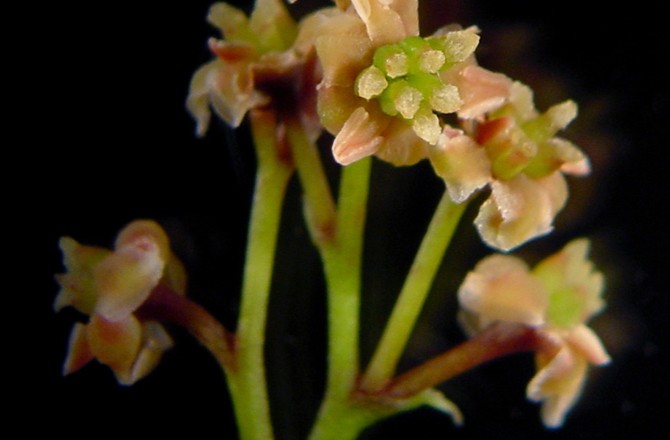Artificial photosynthesis is very close to the production of fuel utilizing the same basic chemical process which is normally seen in plants. The California Institute of Technology (CalTech) researchers have already developed an electrically-conductive film that could help in the development of devices that can separate water molecules into hydrogen and oxygen.
This hydrogen which can be stored in fuel cells are capable of operating cars and production plants. The nickel oxide layer aids in producing hydrogen or methane in artificial leaves and will prevent the accumulation of rust on the devices, Tech Times reported.
"We have developed a new type of protective coating that enables a key process in the solar-driven production of fuels to be performed with record efficiency, stability, and effectiveness, and in a system that is intrinsically safe and does not produce explosive mixtures of hydrogen and oxygen," explained Caltech Chemistry Professor, Nate Lewis.
Artificial photosynthesis is what they have discovered that can help produce the hydrogen fuel cells. The idea of getting sunlight, water, and carbon dioxide as contributors or inputs that will create an output of fuel cells is what the research is all about, according to News Discovery.
The artificial photosynthesis process through the use of a "bionic leaf" is a very promising breakthrough as a possible energy source. This study was researched at Harvard University. Such study indicates how an artificial leaf could be used with a special bacterium to produce a liquid "solar fuel."
These artificial leaves, which are sometimes called as solar fuel generators, have the ability to produce environment-friendly fuels by copying the natural processes that plants use to create sugars from sunlight, oxygen and water.



























